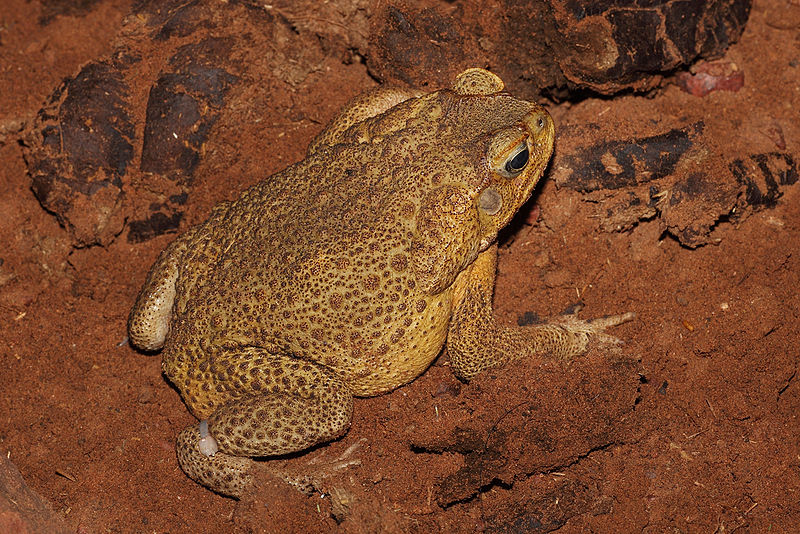Jenni MacLean
AP Environmental Science ♻️
252 resourcesSee Units
Species Introduction
An invasive species is any organism that is living outside of its natural habitat. Some species are able to thrive in habitats they are introduced to and can directly compete with native species.
Invasive species are often generalist, r-selected species and can out-compete native organisms. In some cases, this can be catastrophic for native ecosystems. Most of the time invasive species are closely tied to humans and utilize human movement to invade new territories. These species often thrive in ecosystems that are similar to the ones that they developed in.
Strategies for Control
A variety of strategies have been developed to control the spread of invasive species that are specific to that organism. The first of which being prevention. State and country borders are often heavily guarded against the import of vectors that could contain these organisms. Vessels are often decontaminated before entering new areas to prevent spreading.
Once organisms are introduced, it can be very difficult or impossible to control their spread. In most cases, the organisms have to be sought out and removed.
Zebra Mussels

Image Courtesy of Wikimedia
The zebra mussel (Dreissena polymorpha) is a small freshwater mussel native to Russia. It was accidentally introduced on ships and fishing equipment to lakes and rivers around the world and able to establish in great numbers. Adult zebra mussels can survive for weeks out of the water and would be able to travel on equipment from one lake to another with ease.
The U.S. has labeled them an invasive species and put in place regulation to decontaminate boating equipment to prevent further spread. The current infestations have caused millions of dollars in damage due to causing the crash of local species of shellfish as well as spreading deadly bird flu.
Cane Toads

Image courtesy of Wikimedia
The cane toad (Rhinella marina), is a large completely terrestrial (land-based) toad native to South and Central America. They were introduced to many tropical islands and Australia on purpose with the idea that they could control beetle numbers on sugar cane farms. In 1937 Australia introduced over sixty thousand toads to their sugar cane farms. The toads were not successful in controlling the beetle population and instead due to their opportunistic feeding habits decimated native species. The large, fast-breeding toads spread quickly across the country as they did in Hawaii, Puerto Rico and many other tropical habitats. In addition to eating and out-competing smaller native species, cane toads are poisonous and are deadly to predators.
The removal or control of cane toad populations has so far been unsuccessful. Traps are likely to catch similar native organisms and would cause more damage than good. Scientists have proposed methods of introducing sterile males that would compete with wild males and in turn drive the population down. However, the majority of control now is conducted by human removal of toads.
🎥 Watch: AP Environmental Science Streams
Browse Study Guides By Unit
🏜Unit 1 – The Living World: Ecosystems
🐠Unit 2 – The Living World: Biodiversity
👪Unit 3 – Populations
🌏Unit 4 – Earth Systems & Resources
🏖Unit 5 – Land & Water Use
⚡️Unit 6 – Energy Resources & Consumption
💨Unit 7 – Atmospheric Pollution
♻️Unit 8 – Aquatic & Terrestrial Pollution
🔥Unit 9 – Global Change
🧐Multiple Choice Questions (MCQs)
✍️Free Response Questions (FRQs)
📆Big Reviews: Finals & Exam Prep

Fiveable
Resources
© 2023 Fiveable Inc. All rights reserved.